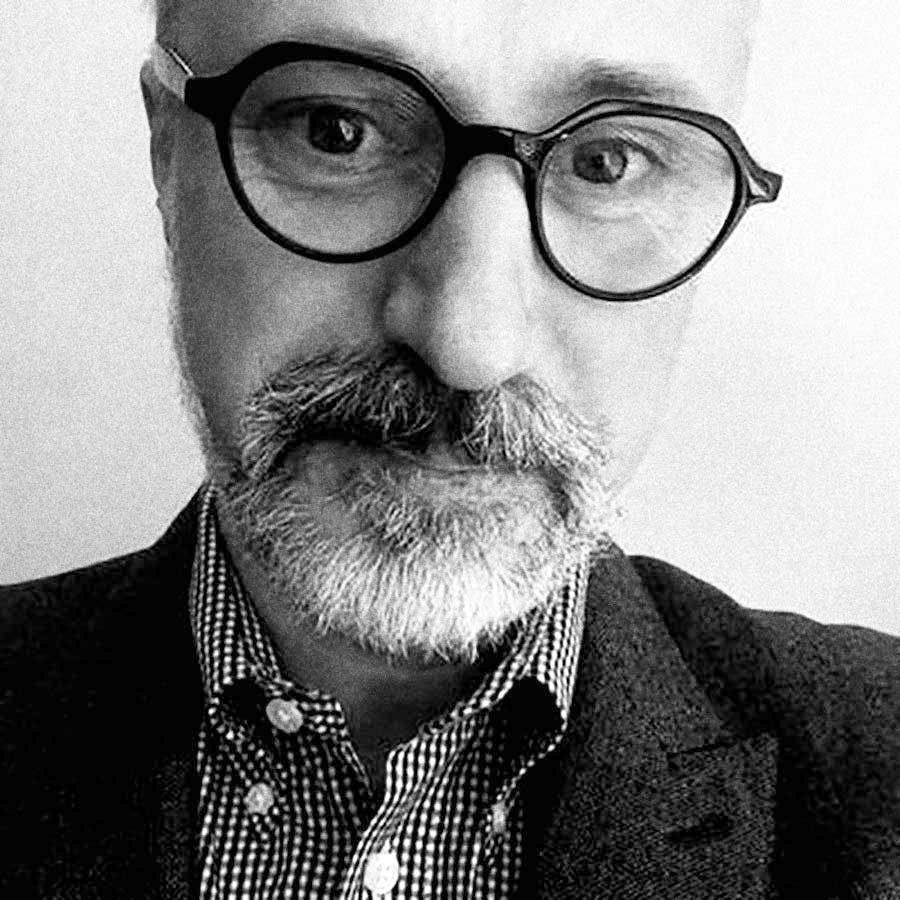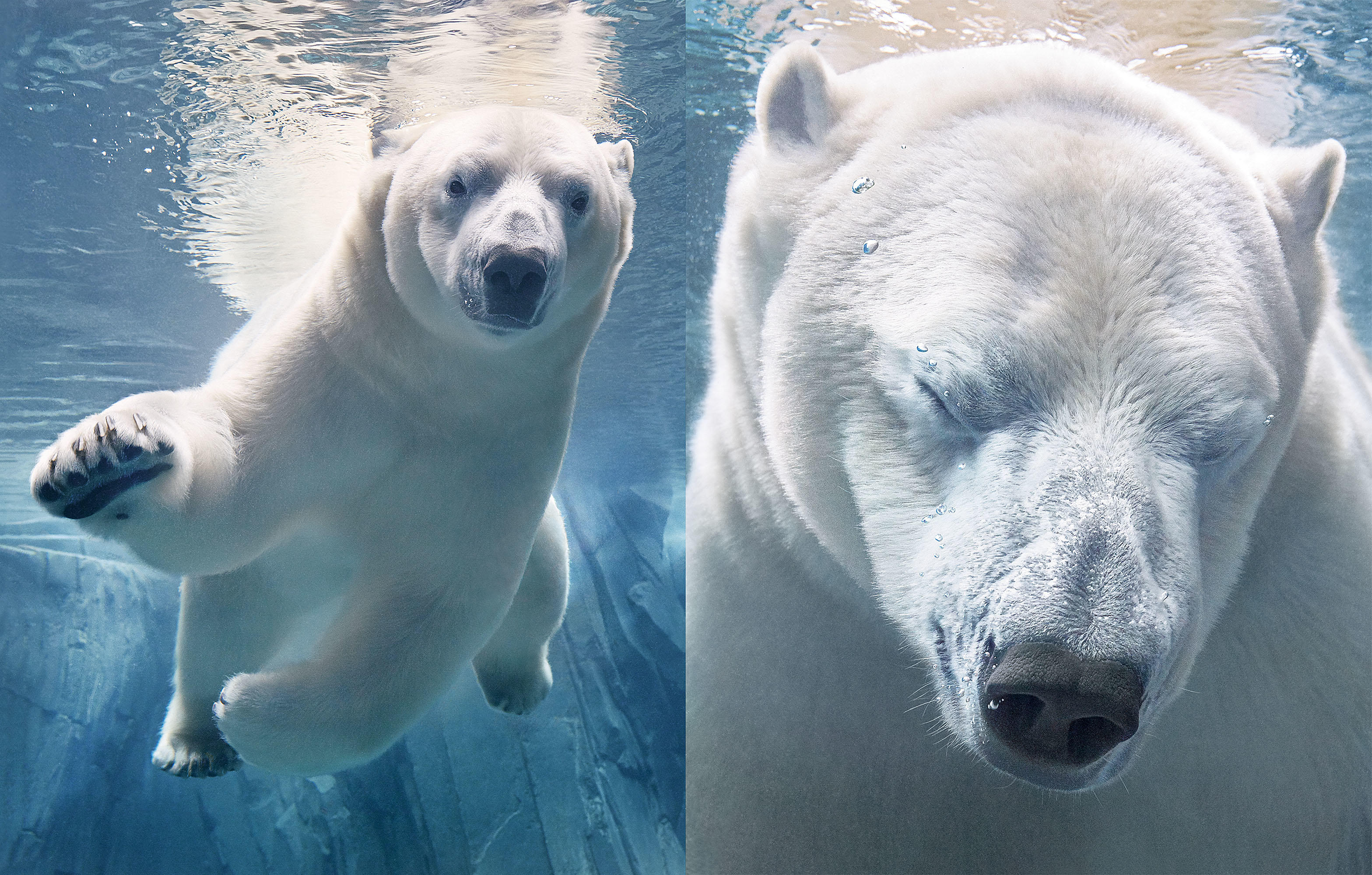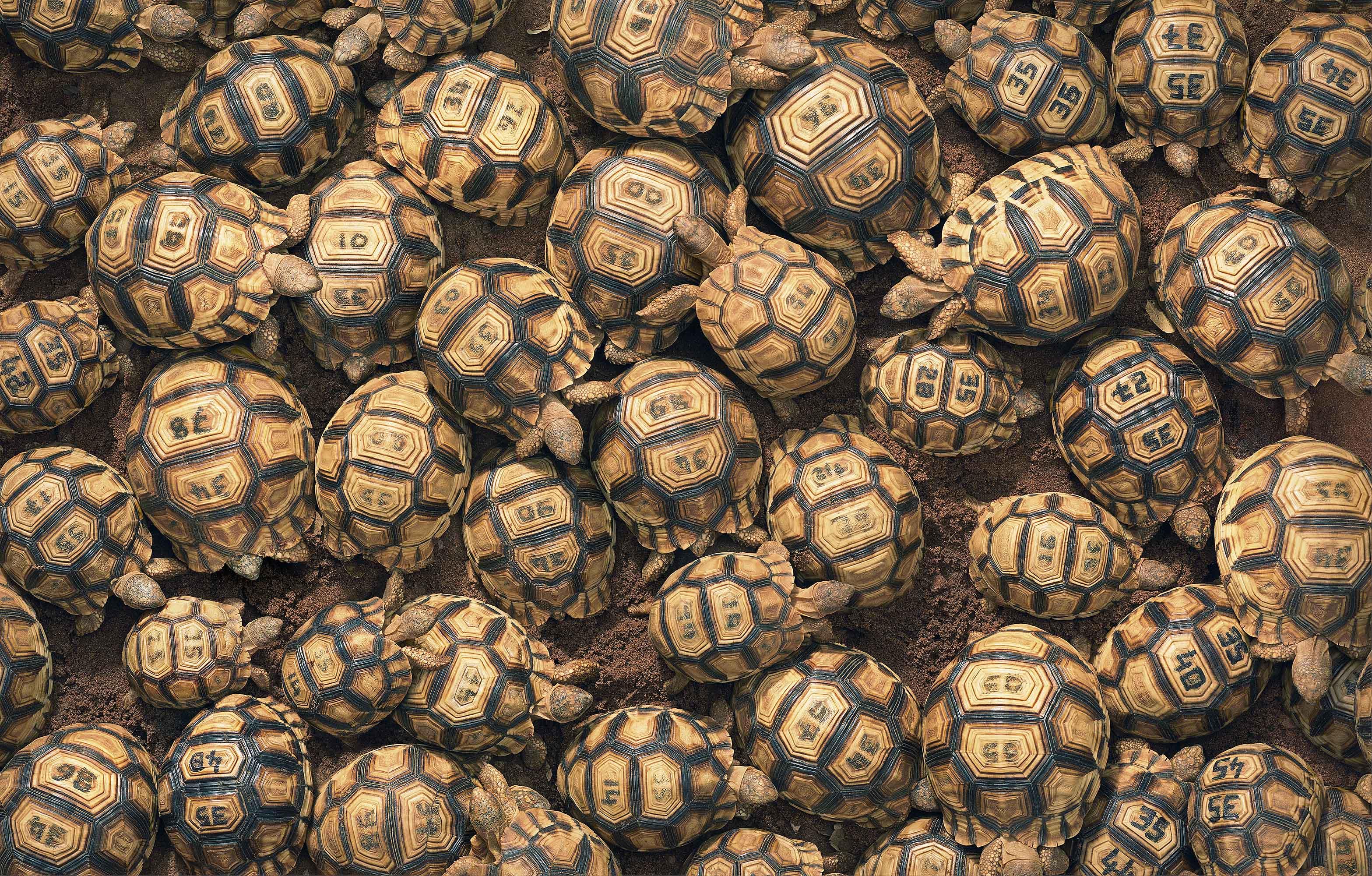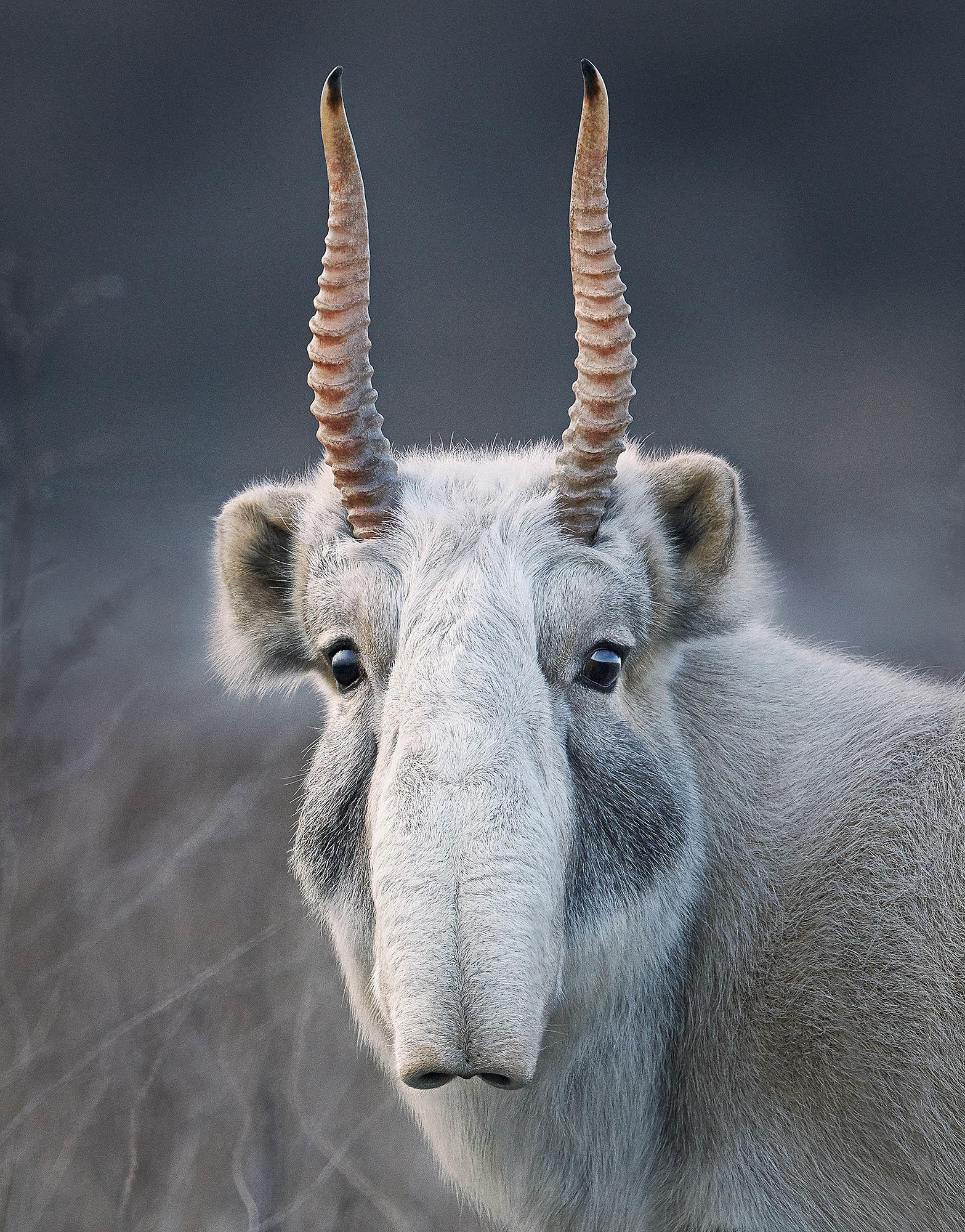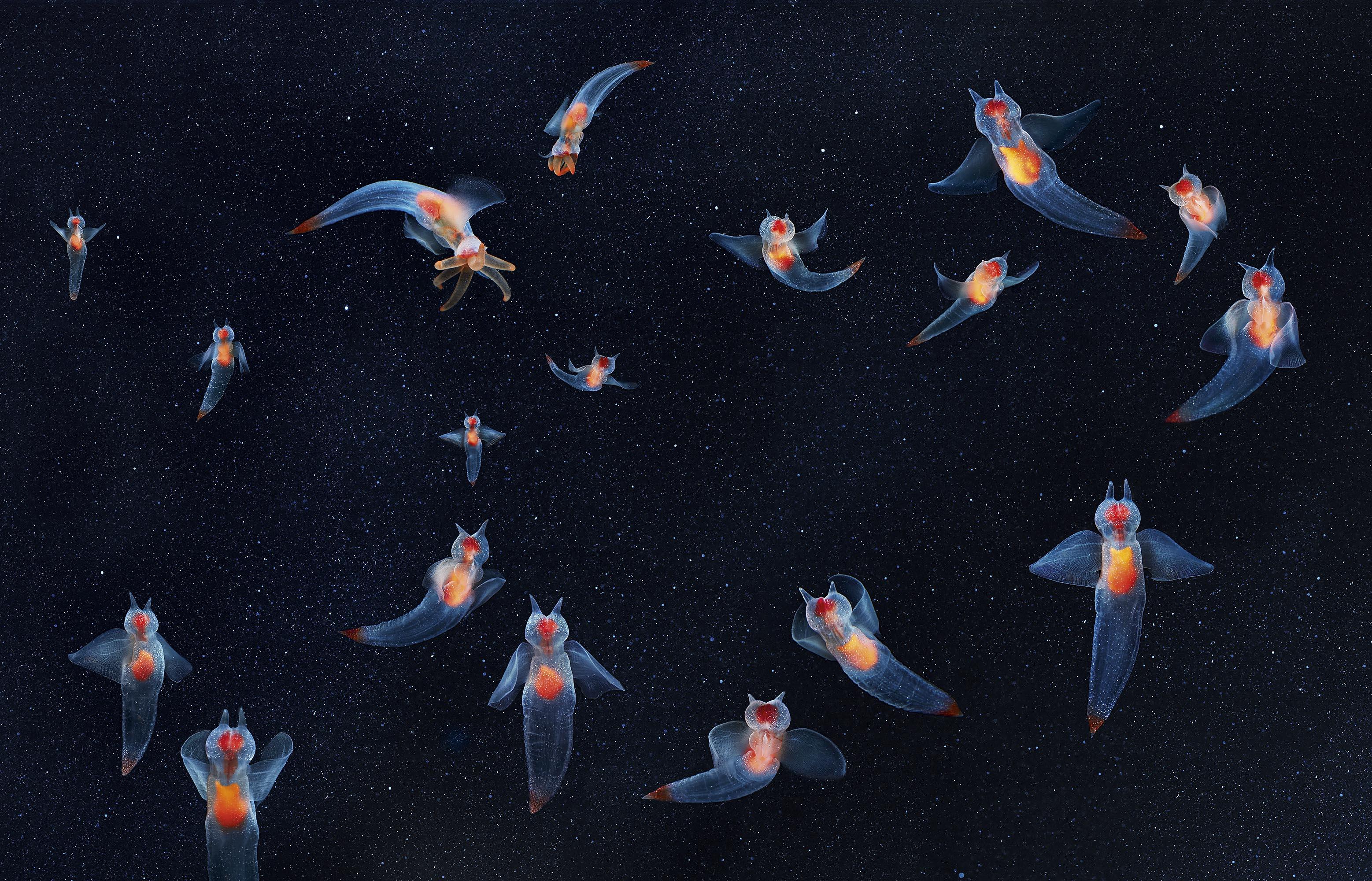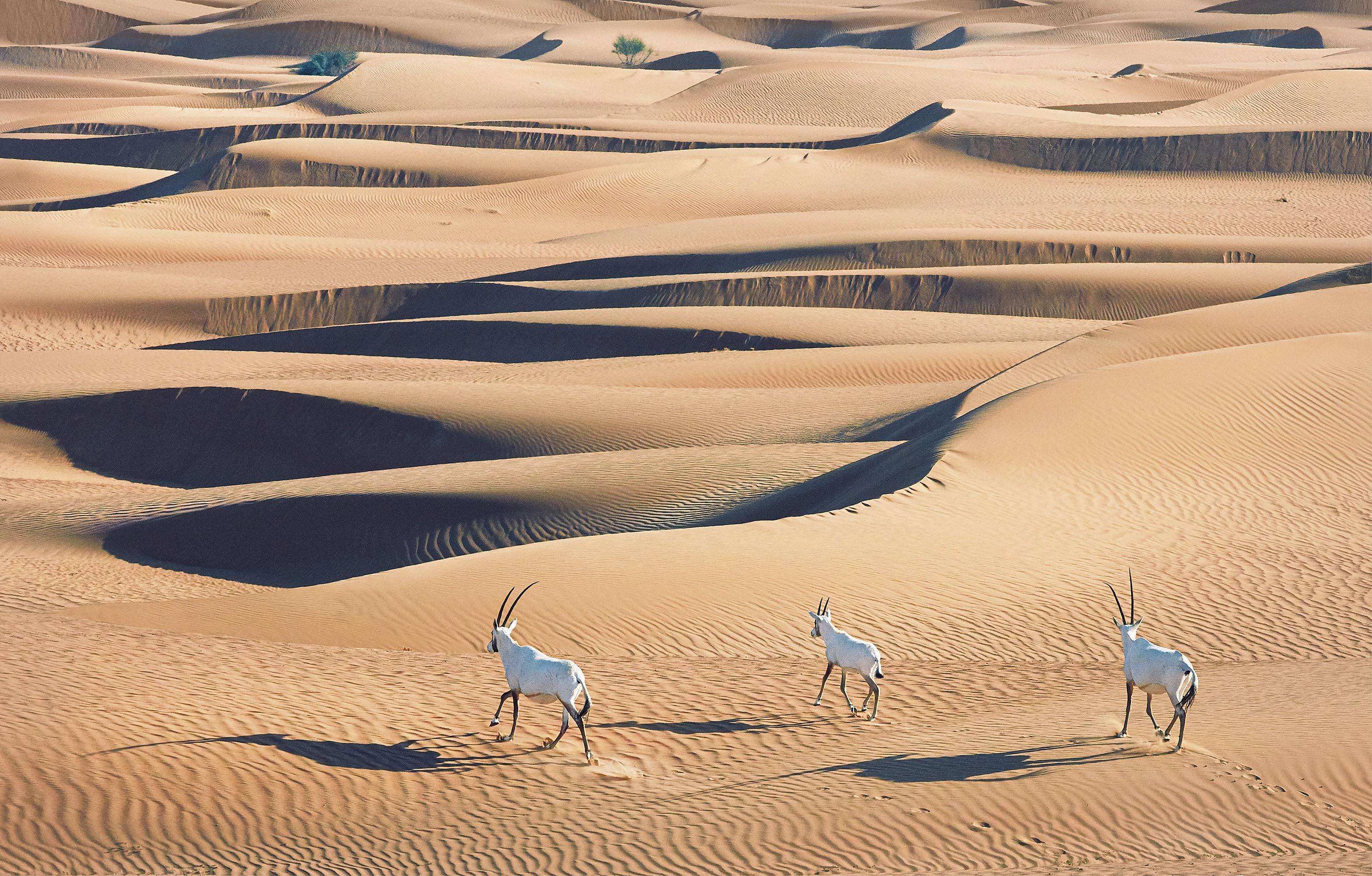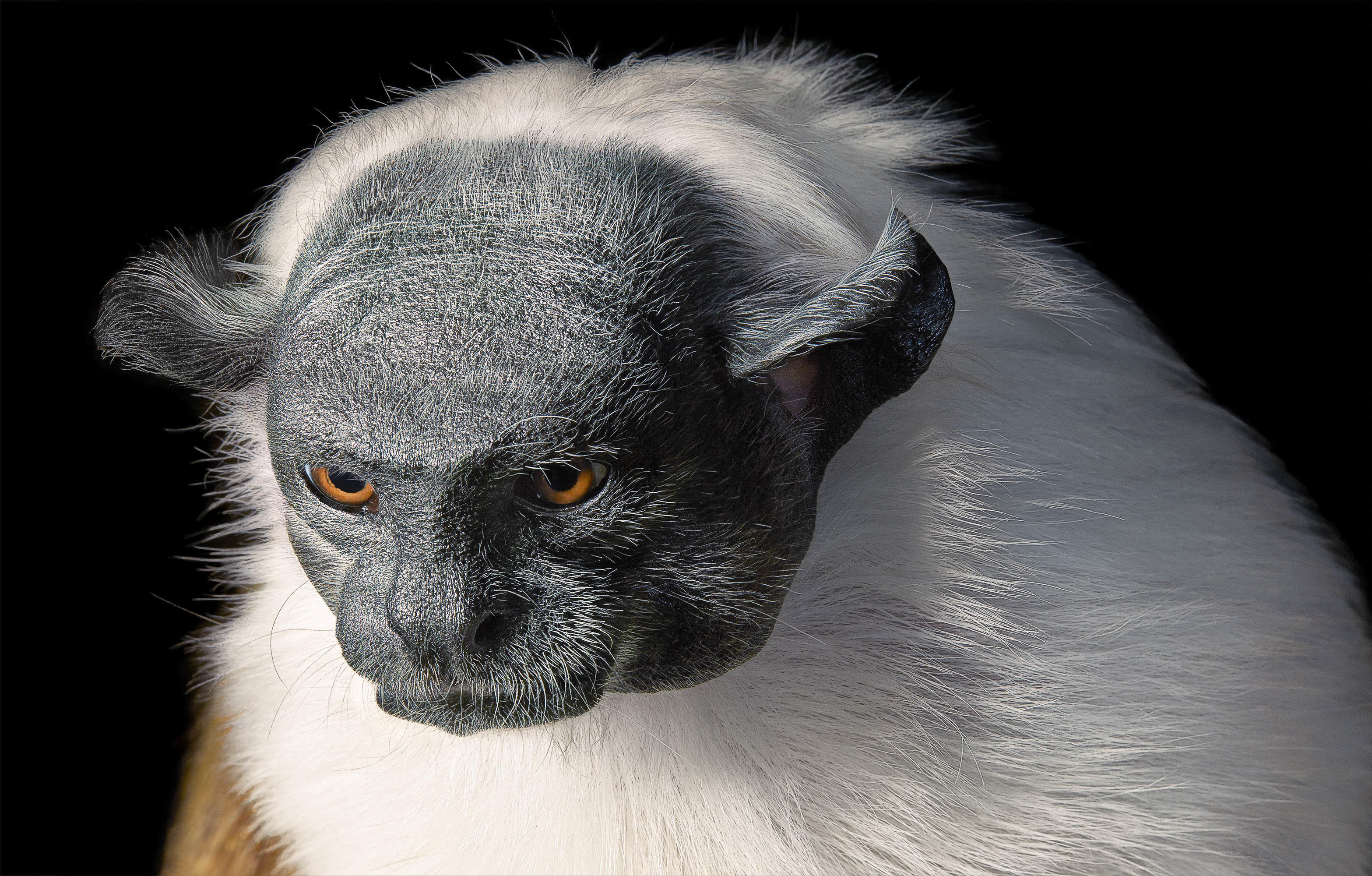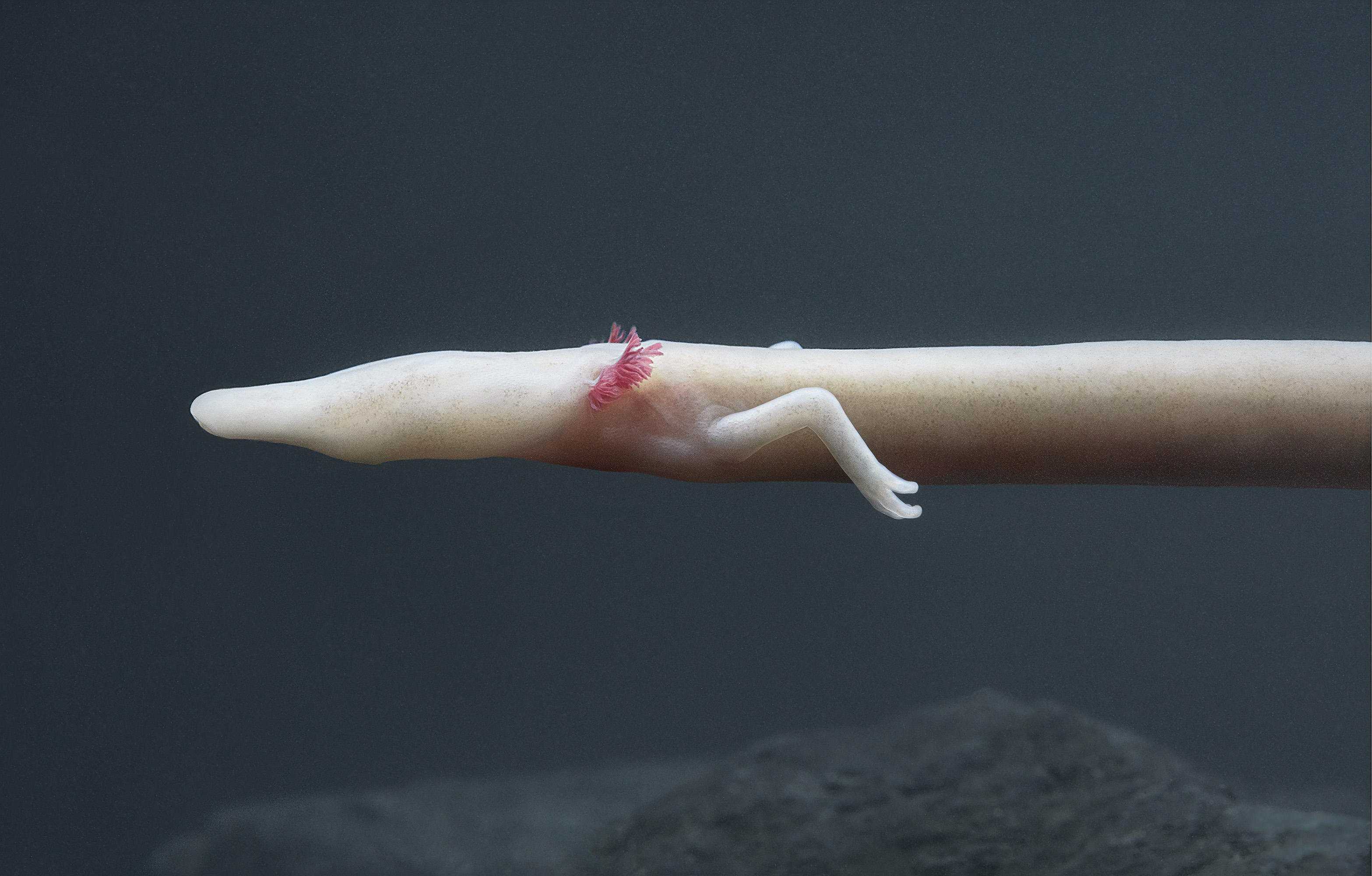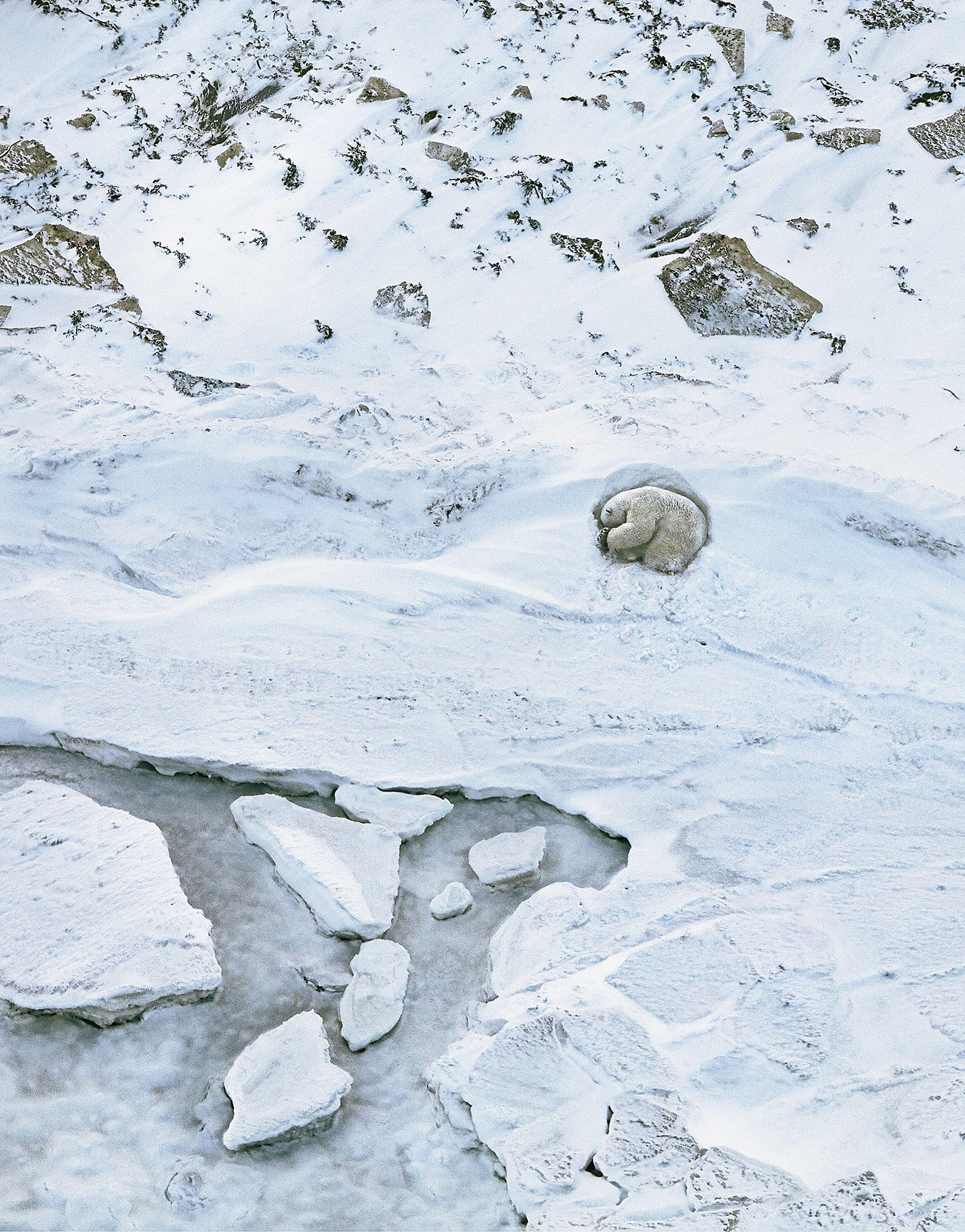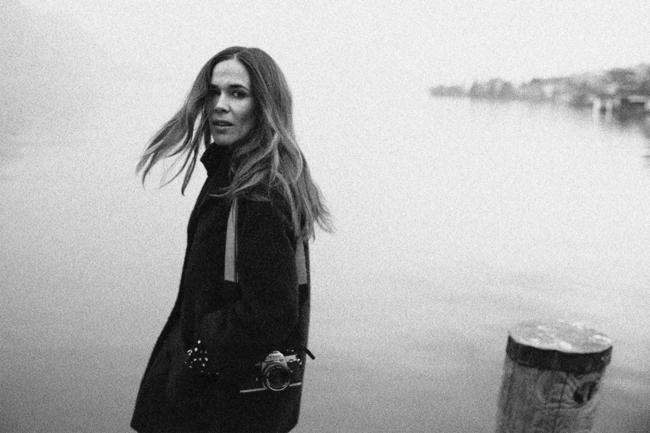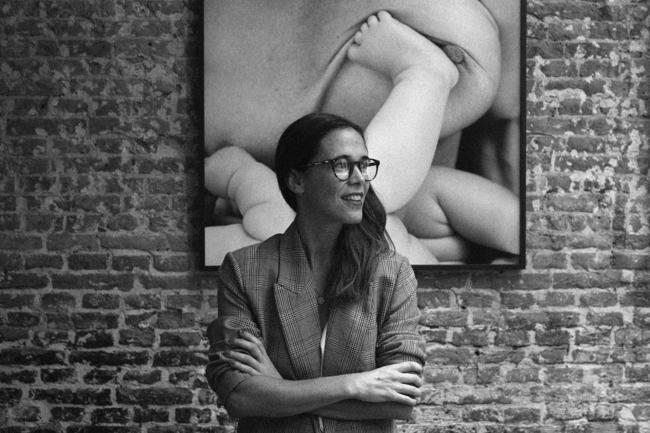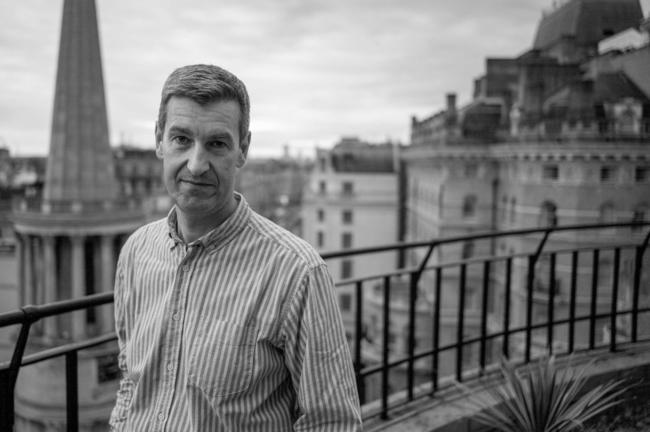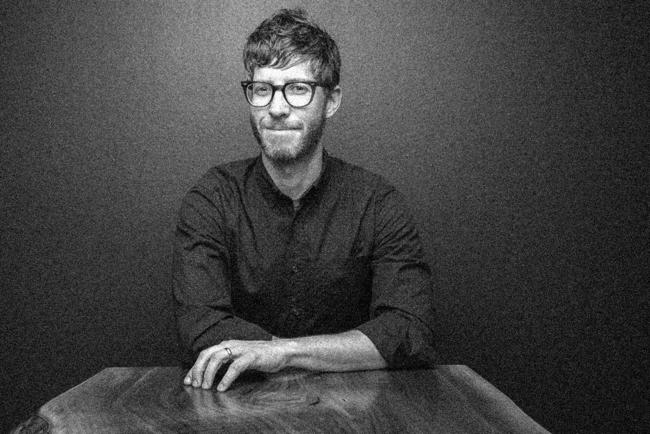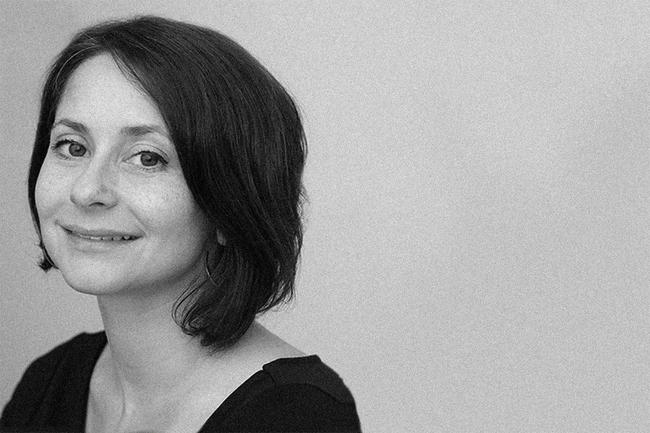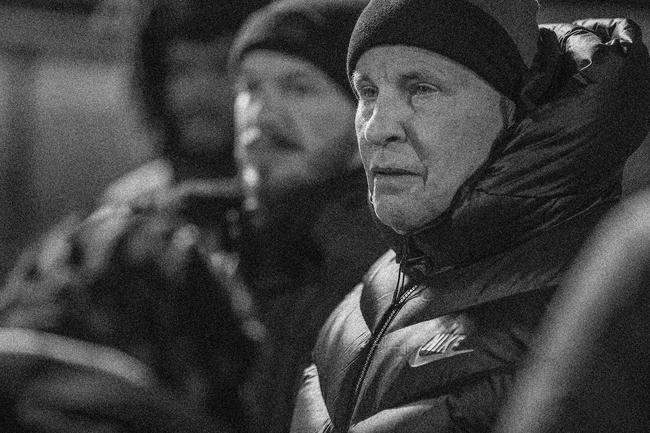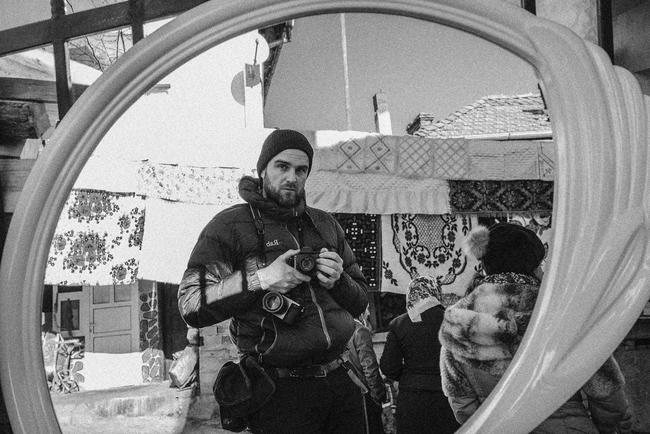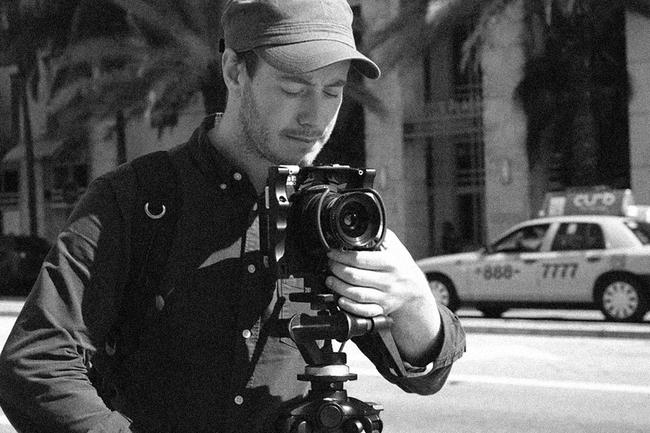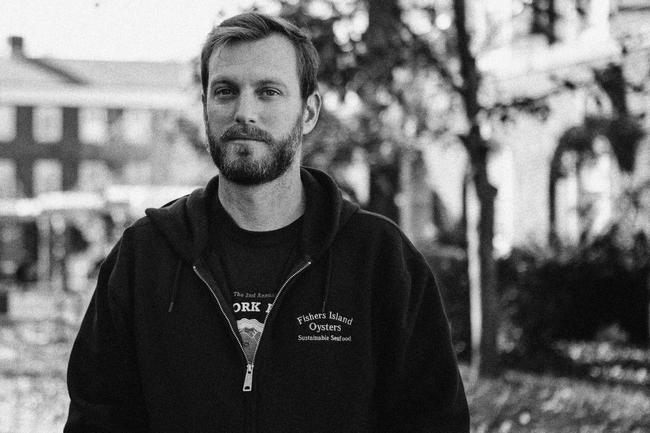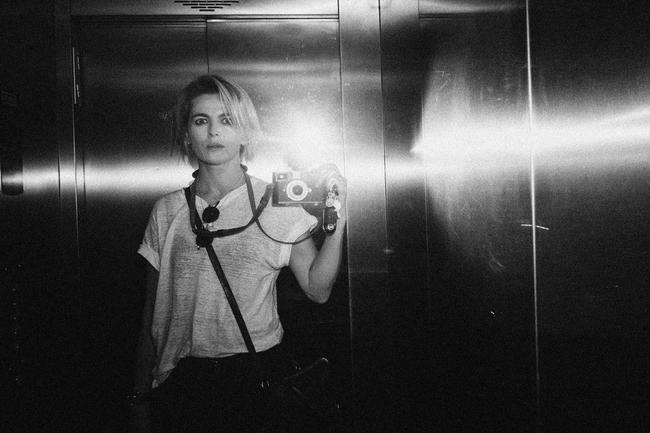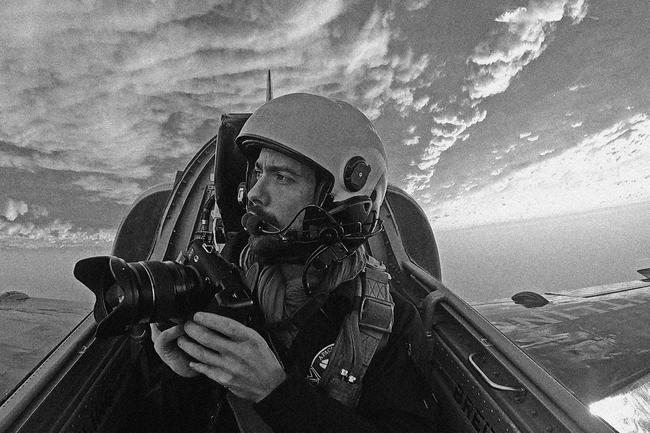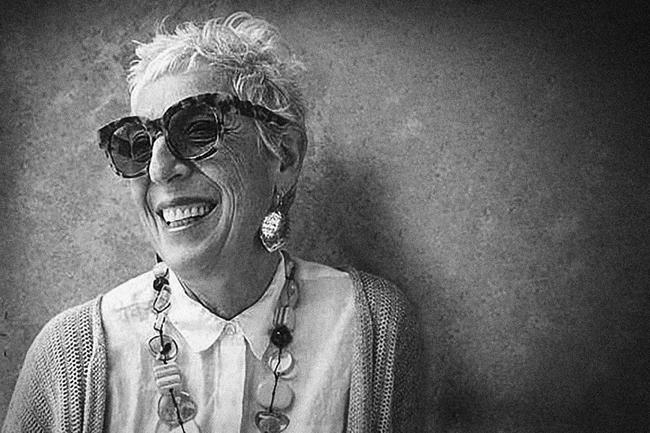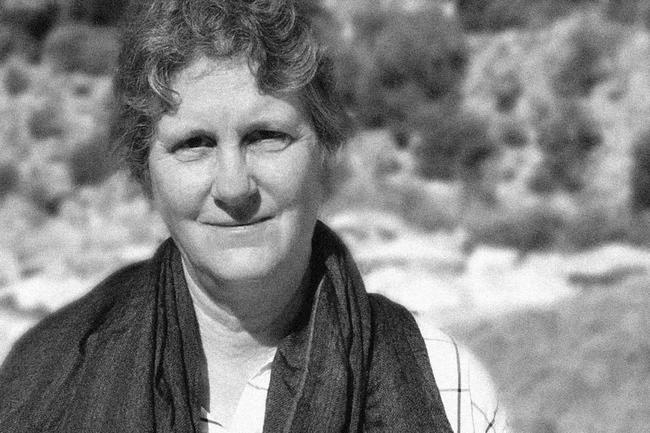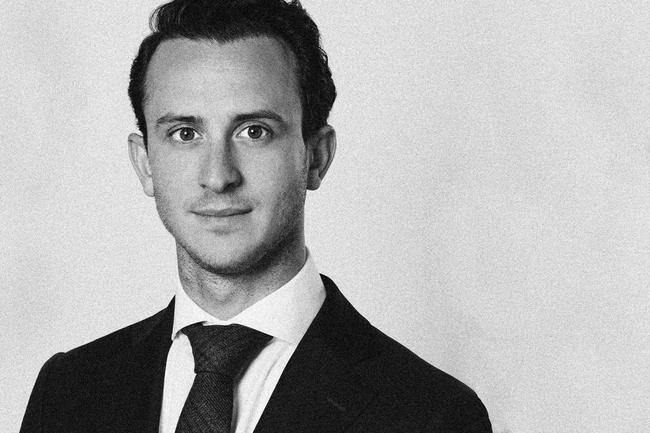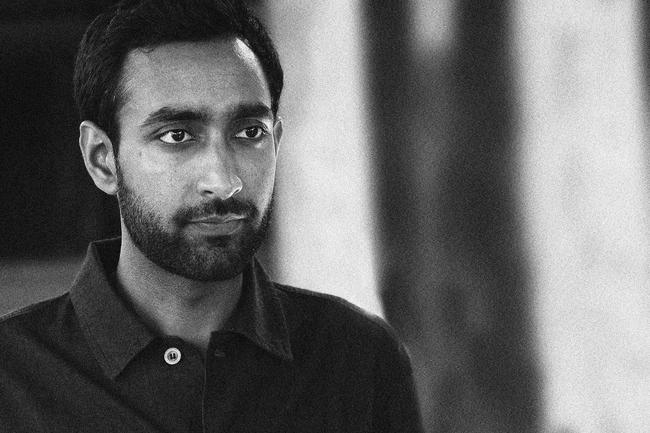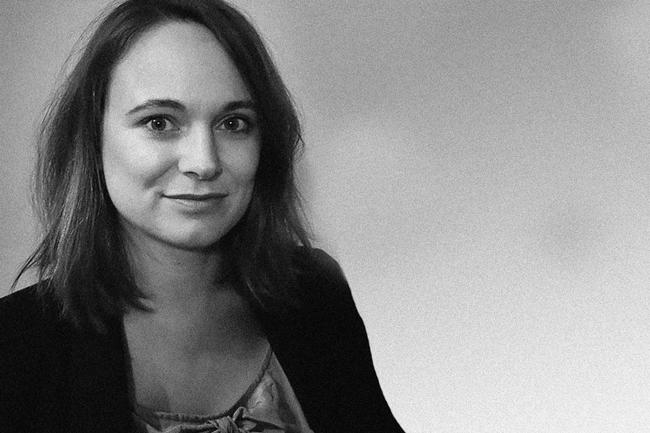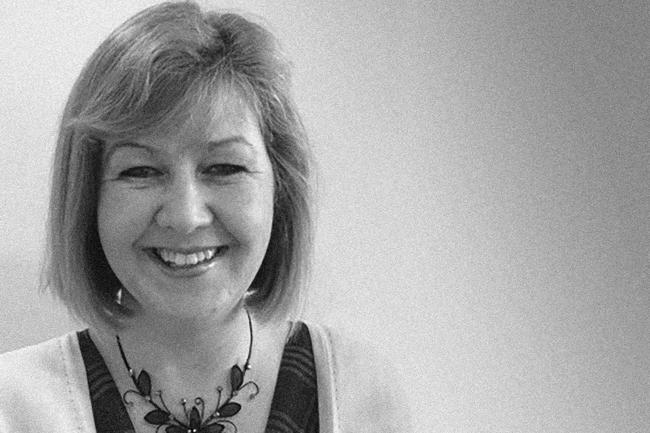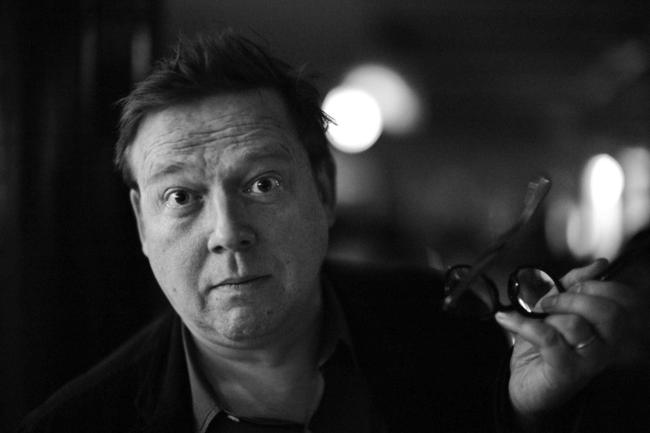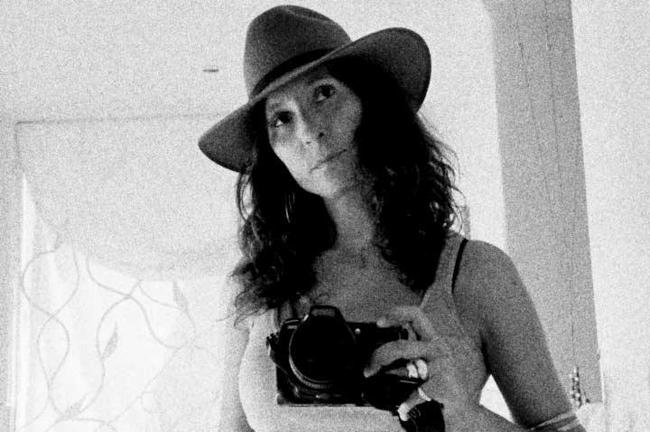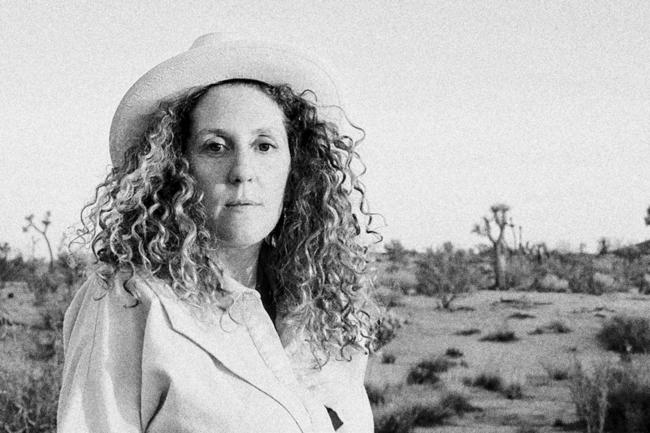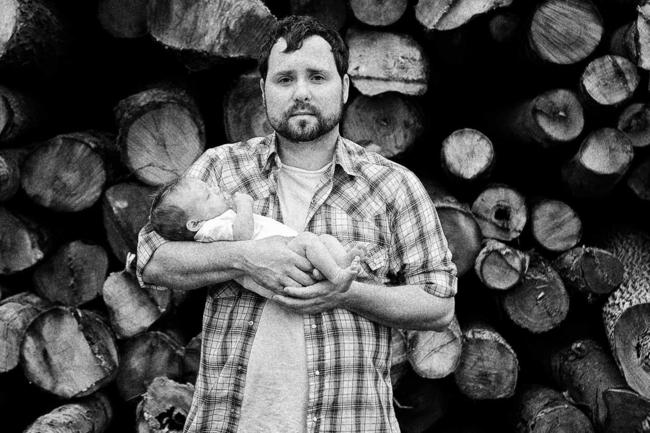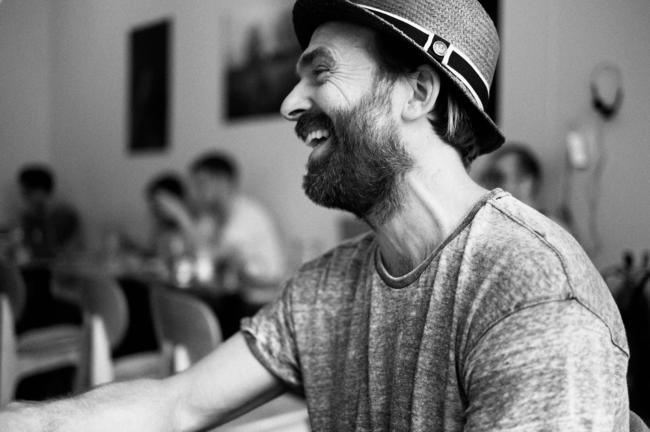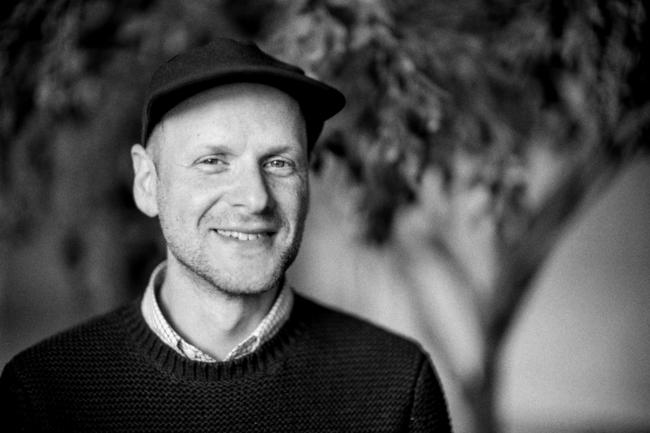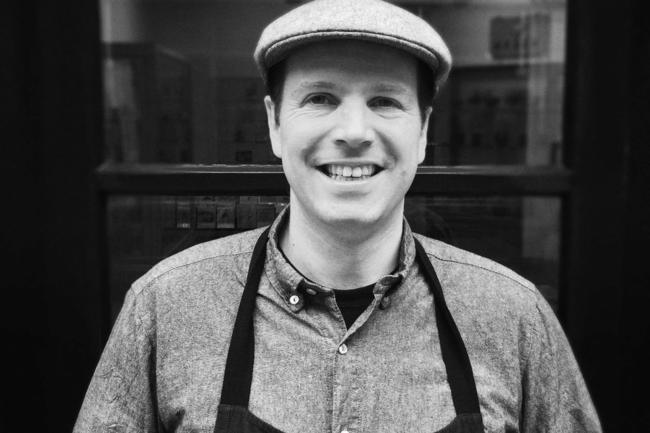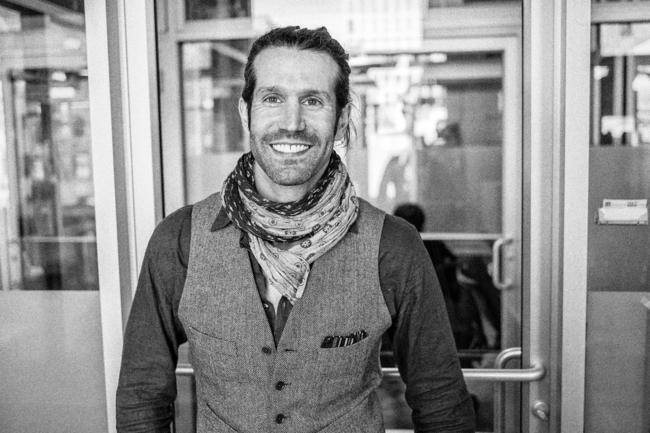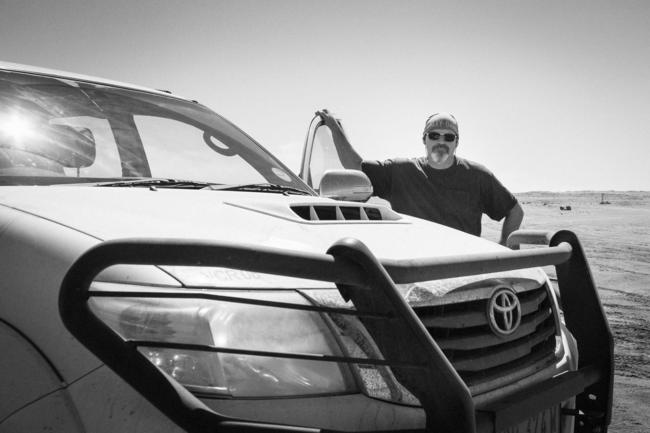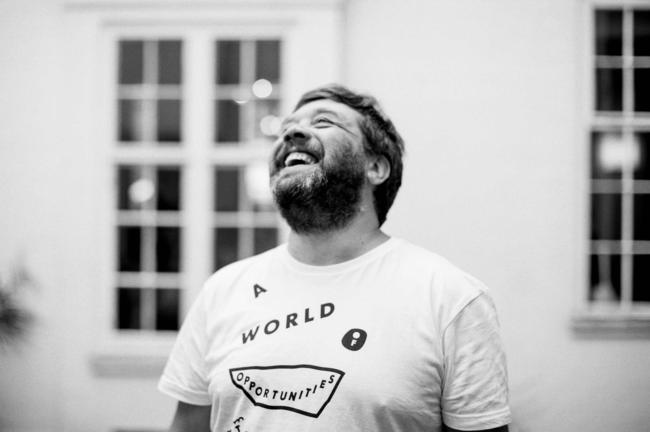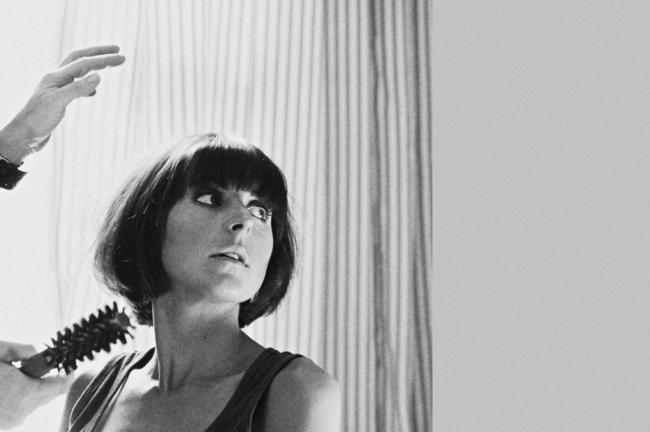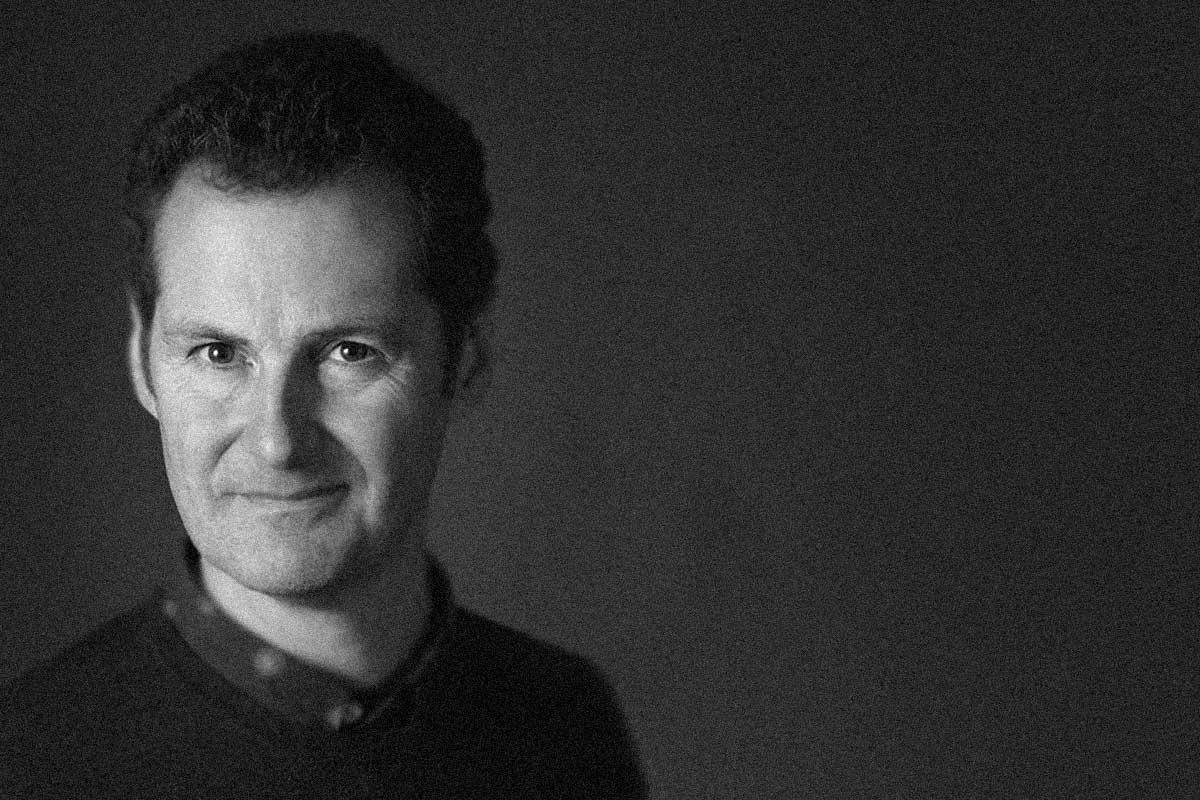
Conversation with Tim Flach
World-renowned photographer Tim Flach is fascinated by how humans shape animals and shape their meaning, and likes to explore how imagery can be used to foster an emotional connection. He brings to life the complexity of the animal kingdom in a highly conceptual and incredibly unique style. He believes emotions and feelings are a vital part of telling stories and says ‘sometimes the best science has to be put in a form that touches the hearts of people’.
His most recent major body of work, Endangered, is a deeply powerful monograph of species on the brink of extinction. It is a reminder of the significance of valuing the natural world, of truly caring about our animals and ecosystems. We talk to Tim about Endangered, the importance of connecting people to nature and how to do it.
Polar bear (Ursus maritimus)
Conservation status: vulnerable
Can we talk about your most recent book, Endangered? It’s incredible. In the intro, you describe a moment from your childhood and your ability to reach a heightened attention and its necessity in order to create. One of the remarkable things about your work is that you seem to be able to create emotional bridges between species. How do you achieve this?
I think it’s many different elements. There is wanting and caring about something, and then there’s how to connect people to what you feel. I think the greatest challenge we have is how to connect people to nature. So I suppose my book is about telling stories and in a sense homing in on my own experiences as a child and how something touched me. Once you’ve been connected to something, you’re always going to feel something for it. And I think that sense of aliveness and being is something you often want to re-find.
This brings us full circle to the challenges humanity now faces as we live in more urban environments, as we live in a time or on the edge of extinction in an anthropocentric sense. We’re here, with different criteria playing out, and it’s the first time it’s not natural forces causing this huge change to our world.
Angonoka or Ploughshare tortoise
(Astrochelys yniphora)
Conservation status: critically endangered
This is about how humans engage with content. We need arts that work on the subconscious, the subliminal. If something is thrust upon us we often repel it, even if we make all the noises that we understand. We don’t take it to our heart and the challenge is how you connect people. And if you bring personality and character to animals, so they’re almost in a style more associated culturally with human representation, then these images are going to connect to people more powerfully.
The evidence is there from sociologists’ studies: often pictures we automatically assume are romanticised of animals; roaming free and wild, but in a distant, non-human world, may unwittingly be only serving to separate us further from nature. It sounds ridiculous. But what has happened is many leading conservation scientists and people who are at the coalface are realising that certain images may be more successful than traditionally thought.
Saiga antelope (Saiga tatarica)
Conservation status: critically endangered
You mention in Endangered that bringing the animals closer to a habitat or environment familiar to ours makes us connect better with them. It’s also very interesting (and amazing) how you curated the book to introduce the landscapes and then the animal.
I think the use of the landscape is to remind us of the key challenge. We first need to connect with these animals to value them. The question then lies in how you go from connecting someone to something; where they have empathy or kinship, to drawing someone to the story and to the importance of the ecosystems.
People like myself, who are communicators, in a sense seek only to explore further how to do this more powerfully, so that those who venture off with a camera into some wilderness can be more informed about the outcome of what they shoot.
Endangered is a remarkable item and you clearly spent an incredible amount of time and effort on it. What inspired you to create this book?
We all go down a journey and meet people and have experiences. In my case, some years before Endangered, I did some work on rainforests and met those you imagine would be the custodians of the forests. We’re often looking elsewhere, to material interests we have in the West, like education, health and other things, rather than a sense of the value of what’s around them. I had the opportunity to go to the Amazon.
Sea angels (Gymnosomata)
Conservation status: not evaluated
I had previously worked with the panda shots for my book, More Than Human, where I looked at the relationship between animals and humans and how we use them in science, but not so much looking at endangered animals. But at some point doors open and introduce you to new happenings. So it got to a point where I knew there was no option but to actually explore what I did in Endangered.
It feels that focusing on a journey is really important because it allows you to then open these doors that would otherwise be unopened.
Yes and I think that’s life, isn’t it? You want to go and find and learn new things, meet new people, but also get a sense of life’s prominent debates. As humans we’ve got to be smart; we’ve got to be conscious of what’s happening so we can apply ourselves most powerfully.
When the big extinction happened it was with the dinosaurs and they didn’t know what was happening to them. But we are consciously heading into this catastrophe, it seems.
I was born in 1958 and there were 2.9 billion people on this planet and now we are approaching around 7.6 billion. And then we’ve got so many rapid changes – technological, medical and so on; it’s this ‘great acceleration’. So it’s hard for anyone to grasp just how unique this time is in all the happenings around the planet. It’s no wonder when we address challenges they’re very different to any other generation. I think it’s difficult for someone of my age to imagine it’s just a continuation of what you know, a bit further. It isn’t. It’s a big change and it demands a redefining of our cultural relationship to nature, if we want to address what we’ve got ahead of us.
Oryx (Oryx Leucoryx)
Conservation status: vulnerable
You quote Sir David Attenborough in the introduction, who says: “If we damage the natural world, we damage ourselves” and you also ask at the end of the introduction: “Who are we really endangering here?” When you created the book you created this epic body of work but it also has a thread of hope to it. Do you feel hopeful about what’s ahead?
I could answer that question two ways and it will sound contradictory. We may change through hope. If we don’t have hope, we’re not empowered to make change. And we certainly can’t empower the masses to change without hope. So you have to work on a premise of hope otherwise you’ve really lost it. The irony is that you don’t have hope without hope because the way we communicate and engage is with possibility, so in a sense you have to celebrate that.
So hope was one of the things that drove you to the book. Do you feel it’s going to inspire the work of others?
I think it’s a more complex thing than that. It’s important for artists and scientists to work together. What we uniquely face in today’s world is that artists cannot afford to be self-indulgent post modernists or whatever. They need to be obsessed with self-expression and identity. They need to be truly able, in the Walter Benjamin sense, to organise. People talks about the arts being the organisation of experiences and I believe never before has this been more important. Part of that should break down into how we use our tools, how we connect people and touch people, and to use all this to facilitate the best science that’s out there. That way, the politicians and economists can be touched by those stories and motivated to want to create desired change.
Pied tamarin (Saguinus bicolor)
Conservation status: endangered
Some of the images in Endangered look like they’re shot in a studio but we know they weren’t. This must have been an incredible journey for you.
My background has been in the commercial world and my work’s obviously in the art world. So they sit in different spaces but in that time I’ve learned to obviously light both in a controlled environment. But when I’ve used that control of light on animals outside, I can almost create images so they look like they’ve got a black background behind, even when they don’t.
I’ve also been fortunate to acquire certain technical principles that I can use to manage a situation. And I quite like this ambiguity; the idea of throwing the viewer. There’s one picture in there of a panda sitting at a zoo. It looks like he’s in Szechuan province and then you look and you see a window in the right hand corner. I think it’s really important when you create any content to constantly not get into the situation where the viewer thinks they’ll turn the page and are confident of what they can see on the basis of the previous work.
So you keep the viewer engaged and surprised.
And ambiguous sometimes. But not always.
Monarch butterfly (Danaus plexippus)
Conservation status: not evaluated
You have a son you mention in the beginning of the book. Did you share Endangered with him? How has he reacted?
He’s been very positive. But he’s of that age group, who I think are closer to it than most adults because they’re more likely to be given the opportunity to consider what endangered animals are. Young people are much more connected to each other anyway. And as children, we are all very drawn to animals, to pictures of them. It’s almost in our DNA.
Not having a traditional job means my son can come on a job with me, to see me work. For example, my wife and son joined me to shoot the monarch butterflies in Mexico.
And so there he was, watching these things floating around in the sky in great density. I feel very lucky as a father that I can share some of these experiences with my family. It’s a privilege to be able to share these sights with a younger being; to convince your own son.
Olm (Proteus Anguinus)
Conservation status: vulnerable
You manage to capture this incredible set of emotions with these animals, which really invites something beyond nature photography. It makes your work incredibly unique.
It’s this idea of taking animals and separating them, concentrating on them as subjects and as individuals with personality, and the importance of empathy. There are a lot of indications that when we look at something we think is cute, for example, we’re more likely to respond to cuteness before we have rational thought. It’s like a neural highway: you react so quickly that many of these elements you’re reacting to before you even think about it. But if you want to communicate with people who are non-believers, the best way to tell a story is to have them connect with it first.
You are obviously achieving this with a remarkable range of animals in Endangered. In many cases you appear to have a certain something in you that enables you to be there until you reach the emotions of these wild animals.
I think there are two sides to this. There is using picture structure as a painter. Understanding the way we naturally move around a picture allows me to use space in my compositions. It’s also about being aware of those regions of interest that are really engaging, and knowing how to structure so that other people find it as well, I hope. What you do as a communicator is to create the potential – you identify the things you find beautiful or rewarding and you want to share them. And to do that, you have to understand the structures of how to lead the eye around a picture, to share in that experience.
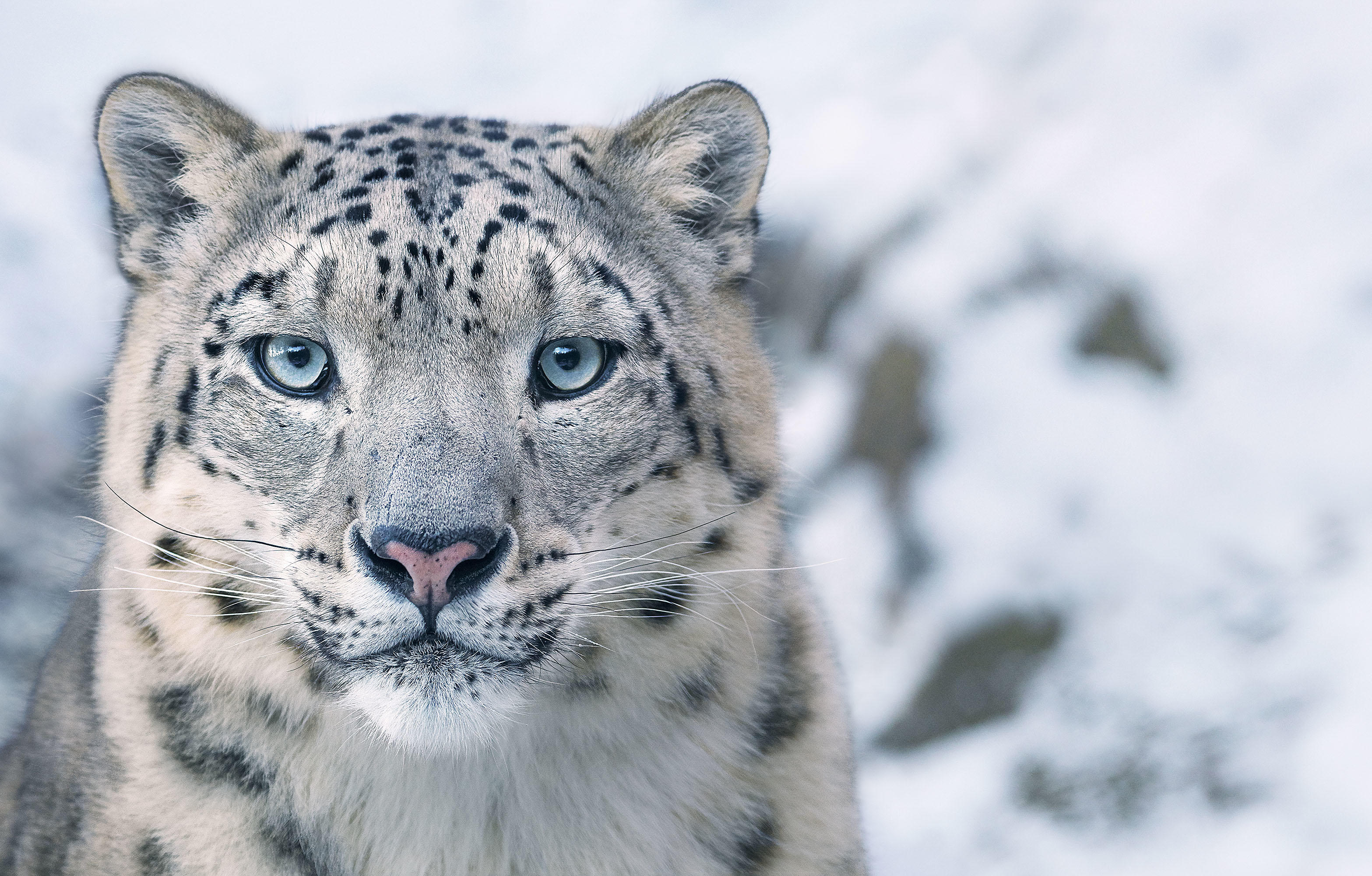
Snow leopard (Panthera unica)
Conservation status: endangered
What many people don’t realise is that our view is very ballistic. We can only see around five per cent in focus, so every picture has to be read.
You’re absolutely right. That’s why artists like Leonardo da Vinci used peripheral vision to create the Mona Lisa’s smile. So I’ve used things like leftward bias, where the eye naturally swings to one side of the picture. And I’ve used edges in the way they were used traditionally in painting – so an edge is often more important than the actuality of whether it’s dark or light either side of it. I’ve been lucky to bring several tools together.
Where do you see photography going? You seem to see it as a larger universe of sciences somehow.
I see it more as the arts, in the most general sense, because the arts deal with the subconscious, the emotional being. So photography helps to give form and connection to important things around us.
In terms of where I see photography going, of course digital has changed everything, so a lot of people have been questioning the concept of what a photograph is, given that we can do so much with it. We have been able to do that for a while but we weren’t so conscious of it or worried too much about it. But today we understand images are manipulated and that preoccupation questions the concept of authenticity. I would probably argue it’s about the intention behind the material. If it’s something more devious, more questionable ethically, that’s probably where you have to start really thinking more carefully.
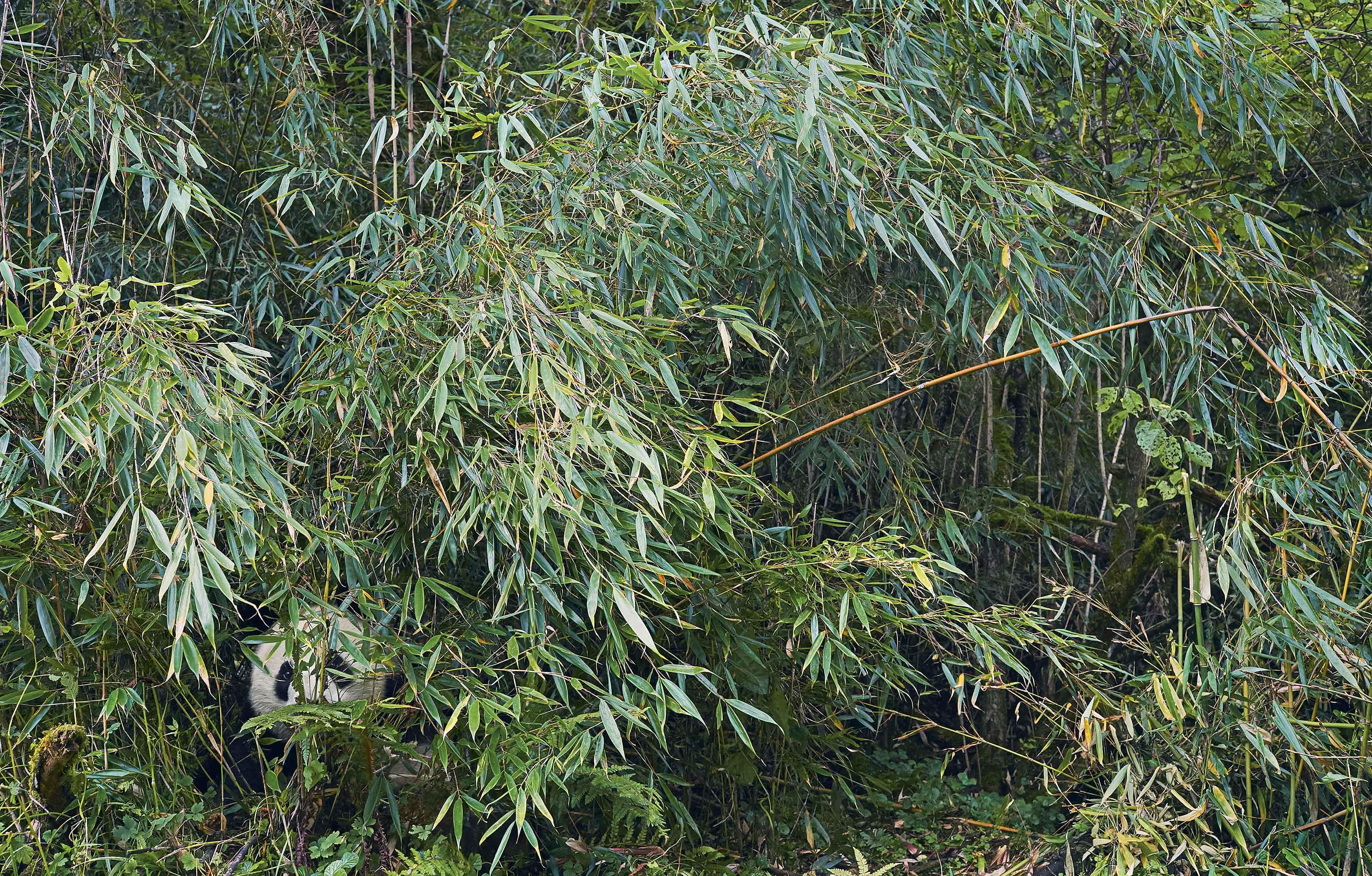
Giant panda (Ailuropoda melanoleuca)
Conservation status: vulnerable
Some photography is just produced in order to create engagement and platforms but your type of photography is something that can really create positive change.
I think this is one element of many that needs to come together. Photography has always been a medium one has questions about. Roland Barthes always talked about how a photograph is literally an emanation of the refererent: that once you take a photograph, it’s death, isn’t it, because it’s already in the past?
That’s right. The ultimate nostalgia medium. We are immediately looking back, at the past. Yet through your photography it feels you are able to inspire a future.
I hope so. It’s a great privilege if my work can be useful. As a photographer, you want to make images work and engage people. As [Dr] Jonathan Baillie [chief scientist at the National Geographic Society] so beautifully put it, it’s never been more important to connect people with nature – our future depends on it.
And there’s a lot of evidence showing that unless you have an emotional connection to the content, you do not connect with it.
If you look at the challenges of our relationship with the natural world, it’s about culture, and culture is everything. And that’s why it’s always full-on but everyone can play their part in different ways.
Polar bear (Ursus maritimus)
Conservation status: vulnerable
There is definitely a shift happening and maybe we’re just seeing it because we’re part of it. But it feels like there is a stronger connection to nature happening. Many people are trying to create a better, more human world that is also in harmony with everything.
We need hope and we need to make things happen. And we need to truly value nature. When we truly value it then I think things can change. It’s not enough to dig wells in metaphorical terms to solve problems. It’s about our values changing and finding different solutions.
